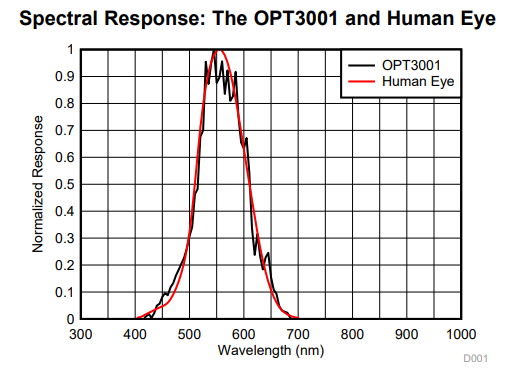Tool/software:
Hi TI Support Team,
I’m using the OPT3001 sensor outdoors in Ireland with an STM32 via I2C to measure dawn/dusk lux (5–150 lux). It’s in a translucent polycarbonate enclosure.
I’m getting ~33 lux in the morning (6:30 AM IST), which matches my calibrated device ~35lux, but ~60 lux in the evening (9:30 PM IST) compared to ~18 lux on the calibrated device. An Everlight ALS-PDIC144-6C/L378 in the same setup gives consistent readings with the calibrated device.
Why might I be seeing such an offset in the evening readings with the OPT3001? Could it be picking up more inferred in the evening times or 47° FOV be a factor with warmer twilight? Any suggestions for adjusting settings (conversion time of 800ms) or fixing enclosure issues (e.g., reflections or material effects)? I’ve checked I2C and power, but no change. Appreciate any advice!
Thanks, Sean


